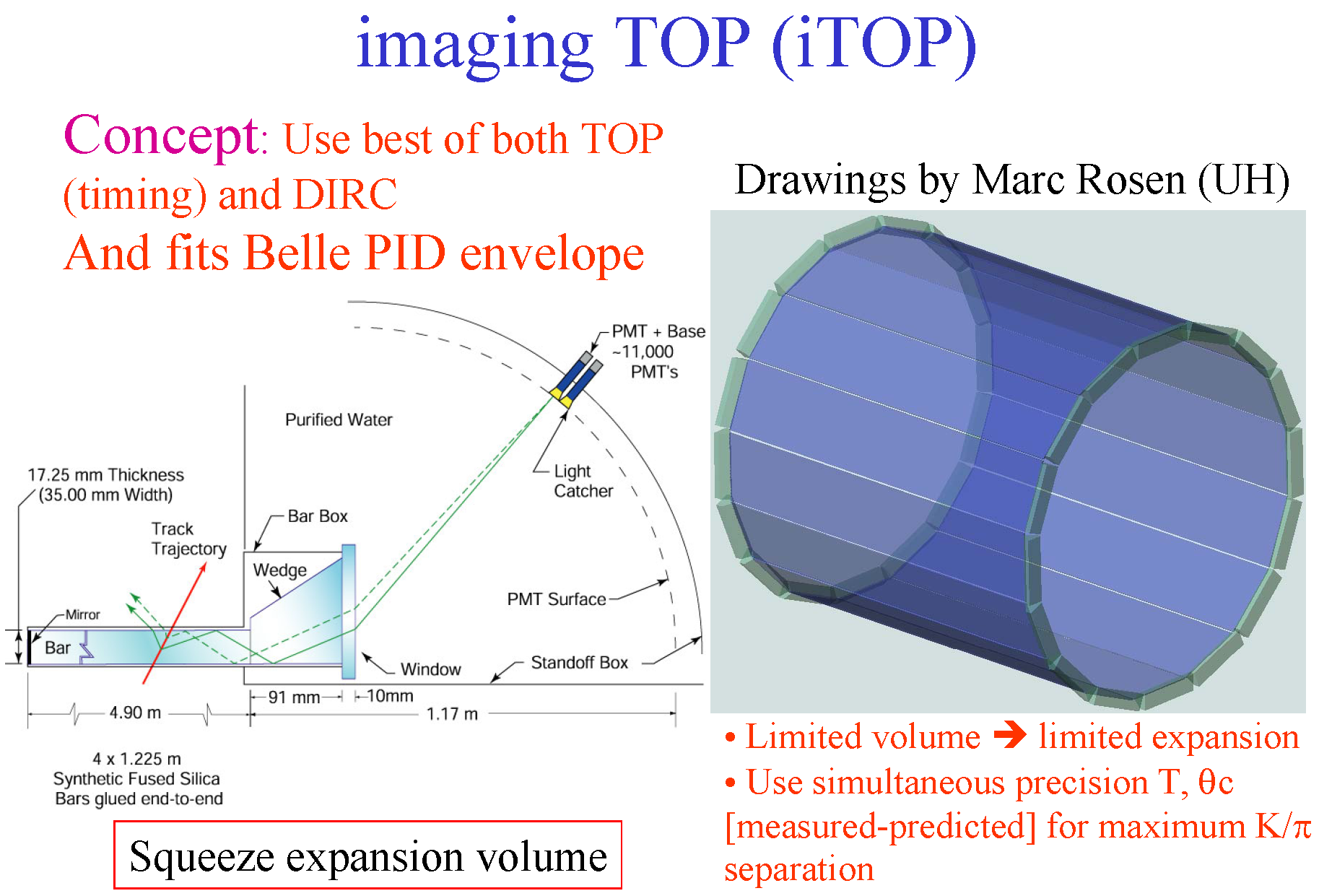Pan-STARRS -- the Panoramic Survey Telescope & Rapid Response System -- is an innovative design for a wide-field imaging facility being developed at the University of Hawaii's Institute for Astronomy. ANITA -- the Antarctic Impulsive Transient Array
-- is a balloon-borne experiment which flew from
McMurdo Station, Antarctica in Dec. 06 - Jan.
07, Dec. 08 - Jan. 09, and will fly a 3rd time
in Austral summer 2014-2015, and a proposal has been
submitted to NASA for a 4th flight. Additional ASIC
development for that flight will make extensive use of
these tools.
|
University of HawaiiCadence University Program Member |
 |
|
Custom IC
Design of Application Specific Integrated Circuits are needed to address the severe instrumentation challenges of large scale Ultra-High Energy neutrino detectors and the harsh collision environment of the next generation "Super B Factory" experiments. These instruments also must survive in the hostile radiation environment of space. Application of techniques for making commercial fabrication processes "radiation tolerant" is also of tremendous interest to the high-energy physics research community, as higher collider Luminosities mean larger radiation backgrounds. As a critical component of a future Super-B Factory detector, the Silicon Pixel detector group in the Physics department at the University of Hawaii is and will be fabricating prototype readout circuits to test the viability and radiation hardness of proposed readout electronics. Such effort is inspired and guided by similar projects being coordinated through the CERN research facility in Europe under the auspices of the RD-49 [RADTOL Collaboration].A proposal for continuation of this work may be found here. Design of these test structures and ultimately of a monolithic device is enabled by use of the Cadence Custom IC Design tools.This work is a follow-on to previously published studies on the benefit and challenges of such devices.
|
||
|
|
|









